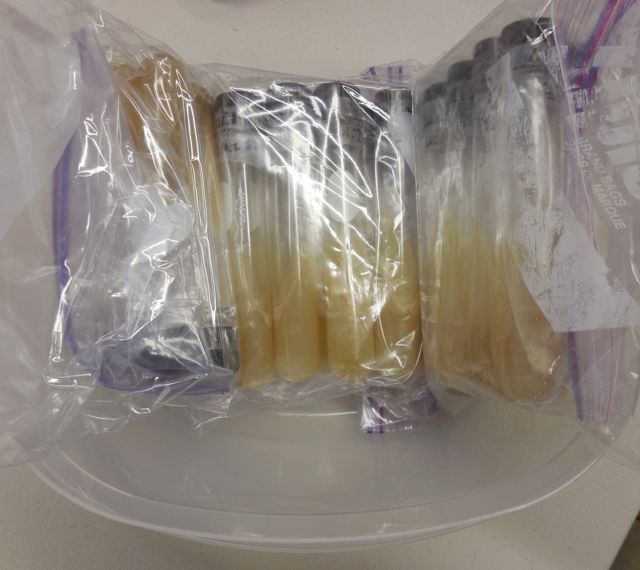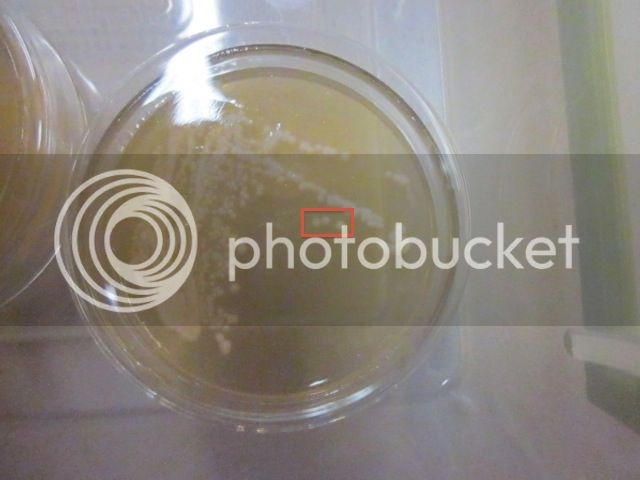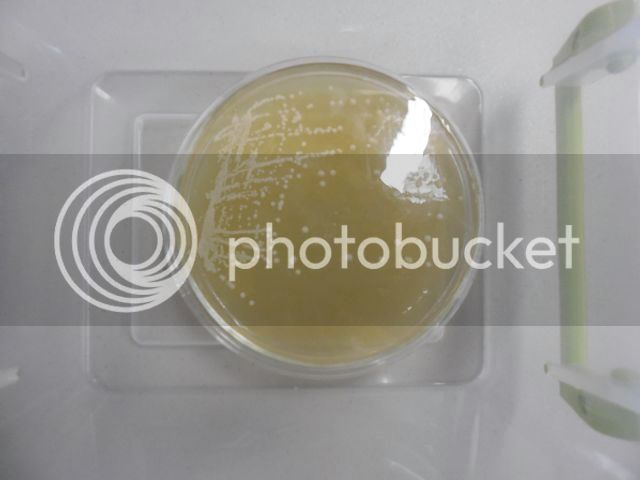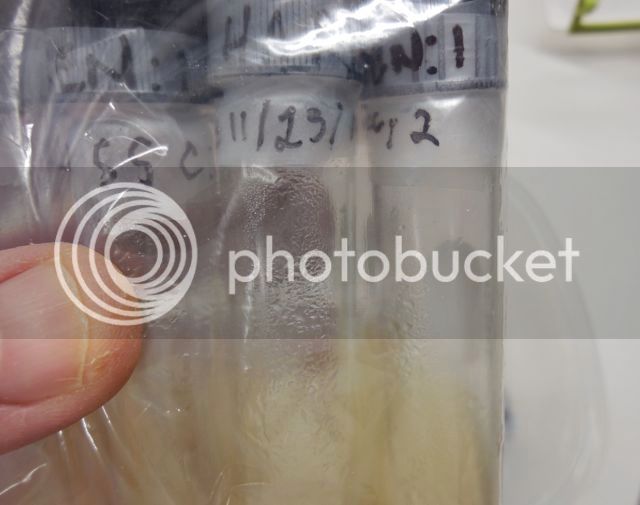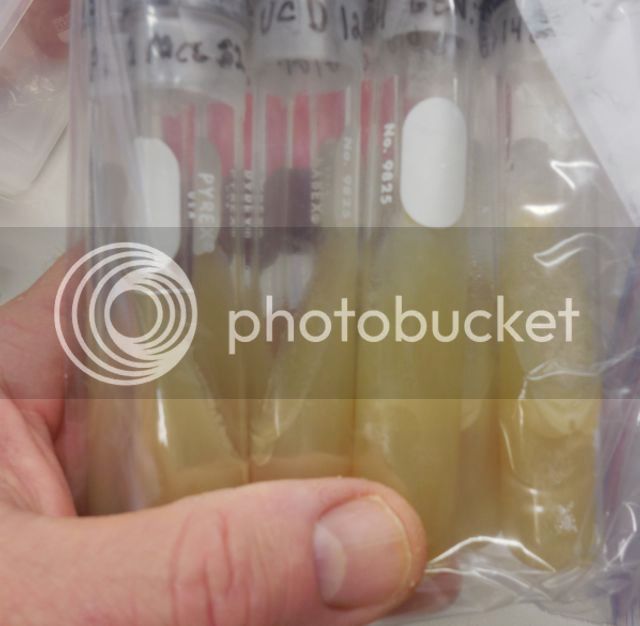Bottoms_Up
Well-Known Member
If one was to go from a hoppy beer (IPA) to something like a blonde with low bitterness you might consider it, but it would be better to plan your new batches of so you progressively increase in bitterness and alcohol.
I guess you expressed my concern. I basically only brew lagers, which are very susceptible to off-tastes. So any test should also include light ales and/or lagers.





















![Craft A Brew - Safale S-04 Dry Yeast - Fermentis - English Ale Dry Yeast - For English and American Ales and Hard Apple Ciders - Ingredients for Home Brewing - Beer Making Supplies - [1 Pack]](https://m.media-amazon.com/images/I/41fVGNh6JfL._SL500_.jpg)
























